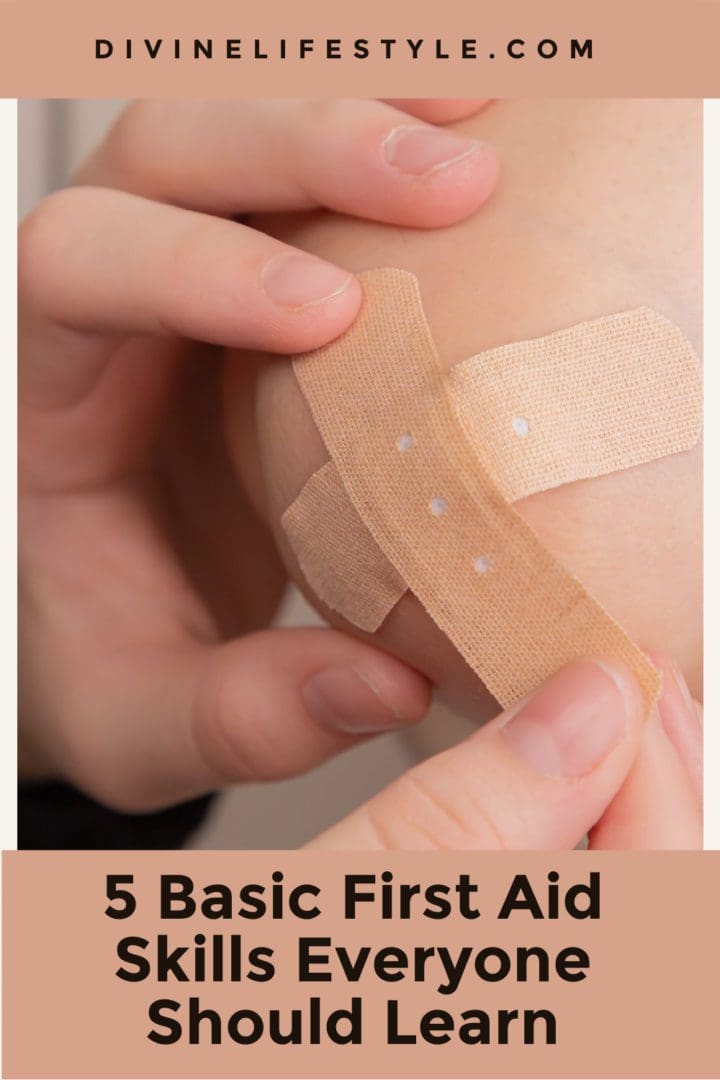Mamavation – The First Week
So I have almost made it through the first week. I have made some changes and still need to make other changes. But I am on my way. I am feeling a little better...
A medical emergency can arise anytime, anywhere — at the workplace, in the park, or even within the comforts of your home. It is essential to be prepared. And the best way to prepare is to learn a few basic first-aid skills that can help you save lives. Imagine how confident you would feel if you were equipped to deal with common emergencies like bleeding cuts, burns, chokes, strokes, asthma attacks, or setting splints. It pays to know how to provide immediate assistance in emergencies until professional help arrives. That said, here are basic first-aid skills everyone should learn.

Severe bleeding occurs when the body is not able to form a clot. A person can eventually bleed out and die within minutes. Stop the bleeding by applying pressure on the wound immediately. Use a pad and bandage or any sterile cloth or even T-shirts that you have handy. Keep applying constant pressure until medical help is available. Another effective way to slow down profuse bleeding could be raising the wounded limb above the heart level.
This needs no introduction. You’ve seen it so many times on TV! But do you know what exactly to do when a cardiac arrest victim is unresponsive and has stopped breathing? Learn the simple CPR steps, where you give chest compressions with the heel of your hand, followed by rescue breathing. Enrolling in a CPR program can teach you the exact pace and ratio of CPR. If done correctly, it can increase the victim’s chance of survival several times.
The Automatic External Defibrillator (AED) is an electrical machine that doctors use to revive a normal heartbeat after a cardiac arrest. If available, the device is easy to use and can drastically improve the survival rate of victims. Just follow the instructions and the voice prompts.
If the victim is choking on a foreign object, you has about 5 minutes to dislodge the object, or else brain damage sets in. Encourage them to cough. Call triple zero (000) if they are not able to breathe, speak, or cough. In the meantime, you can perform the Heimlich Maneuver. Wrap your arms around the victim from behind, and deliver chest thrusts.
Try to identify if it is a first-degree, second-degree, or third-degree burn. For first and second-degree burns, hold the burn under cool running water for about 15 minutes. Apply antibiotic ointment and wrap loosely with gauze. However, third-degree burns are potentially life-threatening. Do not apply creams, ointments, ice, or fats to the burn. Make sure the victim is breathing and rush to a medical professional immediately.
Equip yourself with these basic first-aid skills and you may someday save the life of a loved one, a co-worker, or even a stranger. Therefore, it’s advisable to get yourself trained in first aid skills from experts who have spent years educating people to confidently handle day-to-day emergencies and be safe in their surroundings. We hope that this Basic First Aid Skills post inspires you. Good luck!